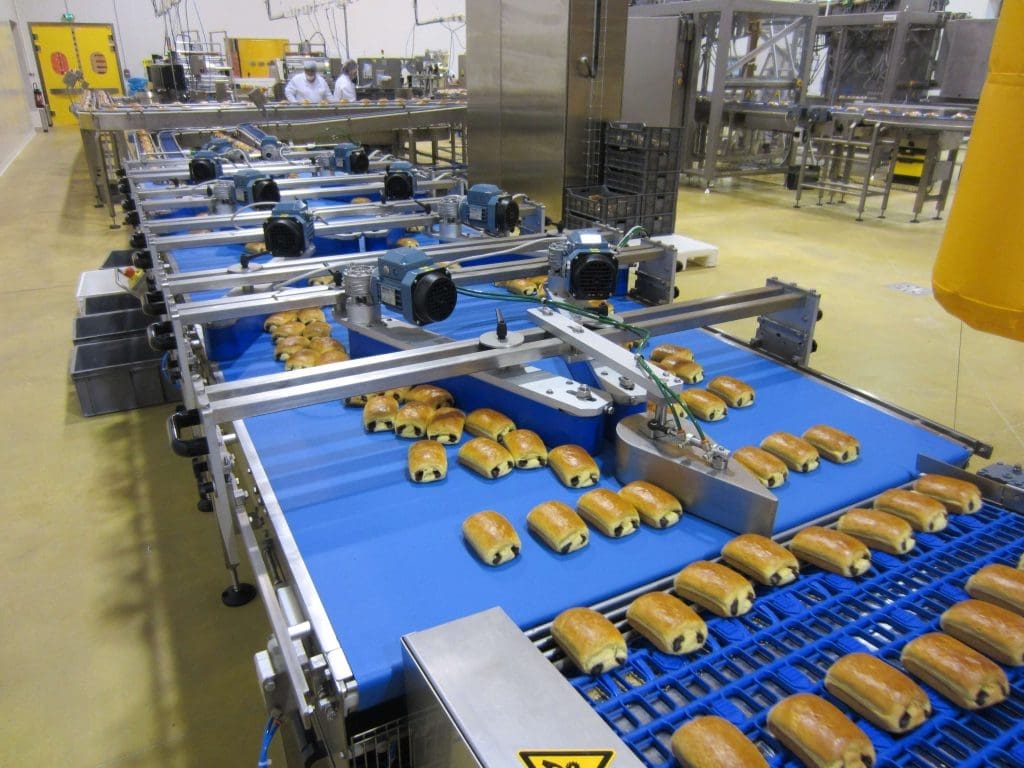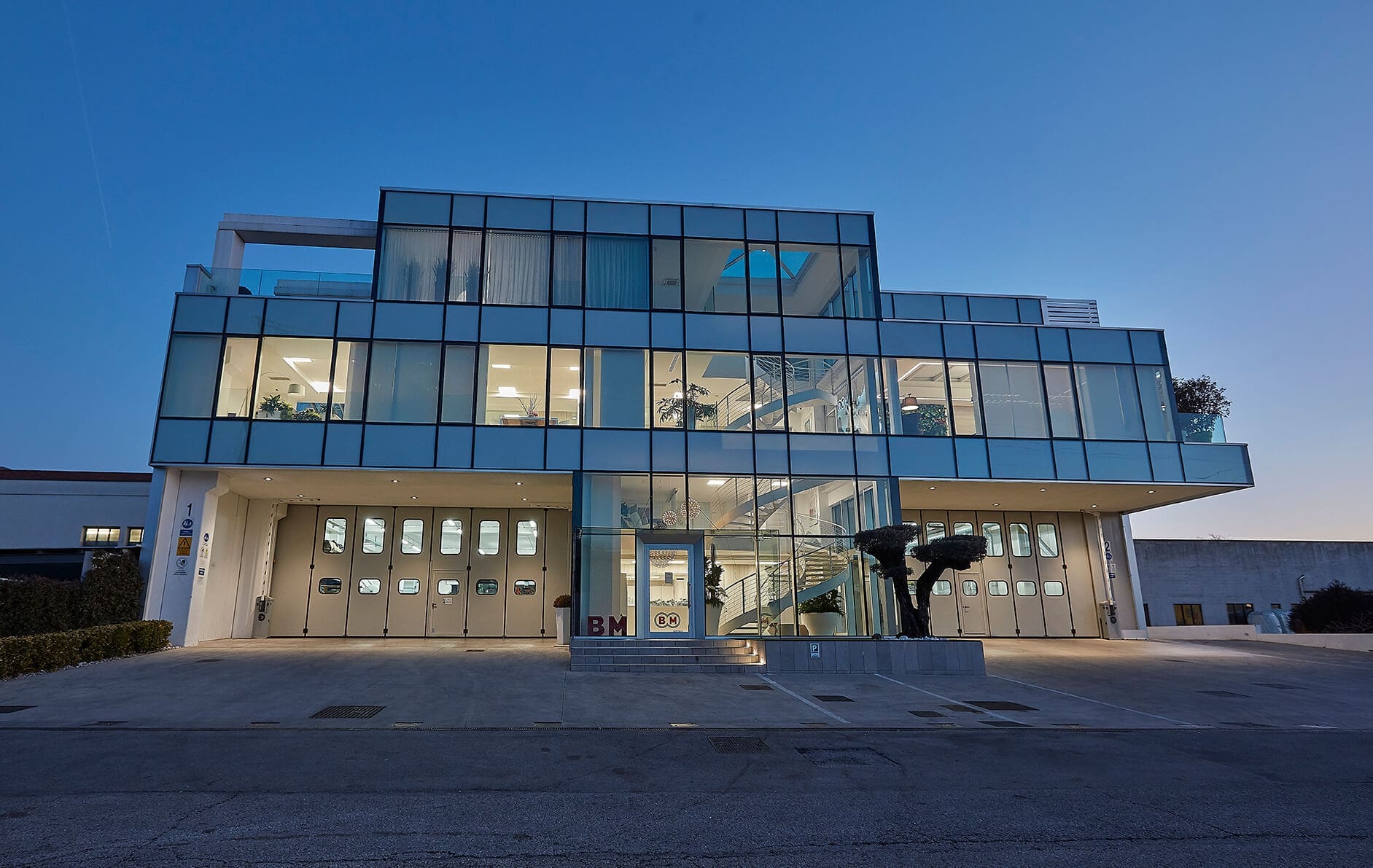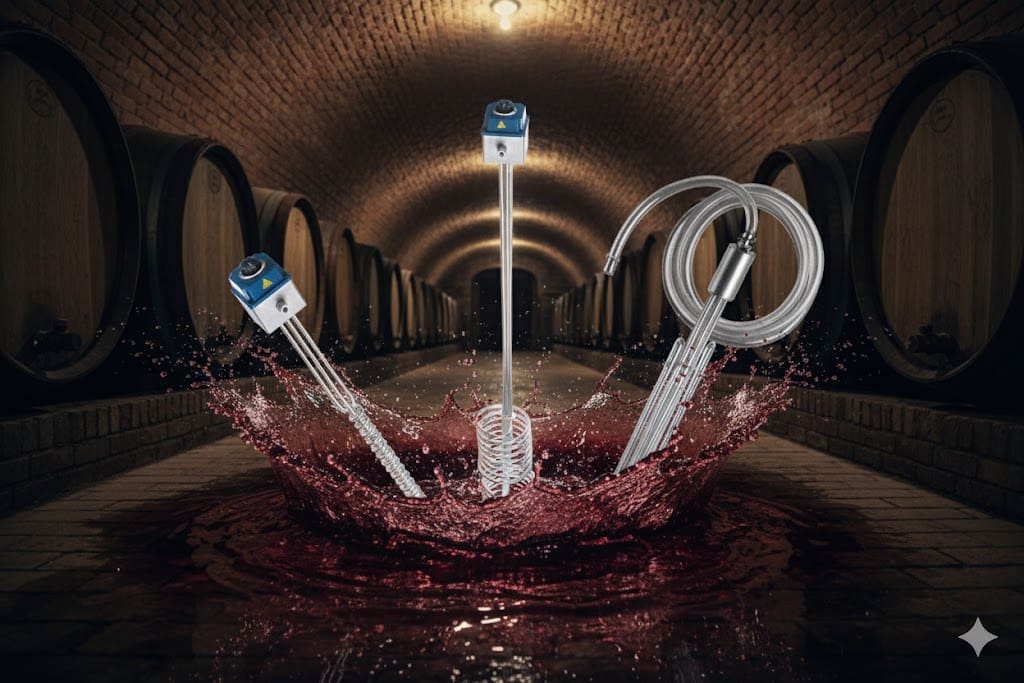“Come on, it’s just a conveyor belt, right?” Wrong. It’s not just a belt.
In the world of food production, a conveyor is never a neutral component. It connects machines, yes-but it’s also where efficiency, hygiene, safety, and ultimately product quality are put to the test.
Yet too often, the choice of conveyor is underestimated-as if all belts were the same. They’re not. Each application has its own requirements. Each product behaves differently. Each production environment poses unique challenges. Overlooking these factors can lead to downtime, contamination, waste, and safety risks.


Unwrapped products: a world of differences
Let’s take unwrapped products. Even saying “unwrapped” isn’t enough: a dry croissant is nothing like a honeycovered bar or a slice of filled cake. Some products are sticky. Others produce crumbs. Some are incredibly fragile. In fresh food processing, hygiene demands are at their highest.
Here, belts must be washable, cavity-free, and easy to sanitize. Belts with internal fabric layers are unsuitable-if the fabric is exposed, it becomes impossible to clean. That’s why monolithic belts, with no internal reinforcement, are often used.
Sure, they’re stiffer and not ideal for tight curves or small transitions-but they guarantee maximum hygiene. In dry food processing, the picture changes. Crumbly products like crackers or cookies? A modular chain works wellthe crumbs can fall through and be removed easily.
But if the product is coated or contains fillings, you’ll need PU belts that can be scraped clean. Each situation requires its own level of care.
Wrapped Products: grey zone or white zone?
Even wrapped products raise key questions: Is it a white zone or a grey zone? Does the conveyor need to be washable? Are high speeds involved? Are there narrow spaces? Is low noise a must?
In general:

• Tabletop chains are ideal for heavy loads, high speeds, and complex layouts.
• Modular belts offer more flexibility but may be noisier.
• If it’s a washable area, even the frame matters: at the very least, legs should be stainless steel-if not the entire structure.
Other (invisible) factors that matter
There are also crucial-but less obvious factors:
• Is the conveyor on the ground or suspended?
• Will it require frequent maintenance?
• How many different formats will it carry?
If the conveyor is suspended, durability becomes a priority since maintenance is harder. If it’s on the floor, operator safety is key-requiring short pitch designs to reduce risk. And if your line needs to manage multiple formats, you’ll need a solution that’s both flexible and adaptable.
Finally, remember: no machine works in perfect sync with the next. That’s why accumulation systems or buffers are essential to ensure continuous flow. But that’s a story for another post.
In conclusion
At M.H. Material Handling, we understand these challenges. For nearly 40 years, we’ve been designing custom conveyors for every kind of line, product, and need-from fresh to packaged goods.
From our SaniFlex washable series, to our BAT accumulation system with USC chain, to the ModulFlex range with modular belts-each solution is built on real listening and deep expertise.
When you choose a conveyor, you’re not choosing a part. You’re choosing a result. And for that, you need someone who truly knows the craft.
Want to learn more? Get in touch-we’ll show you how to make your line more efficient.





